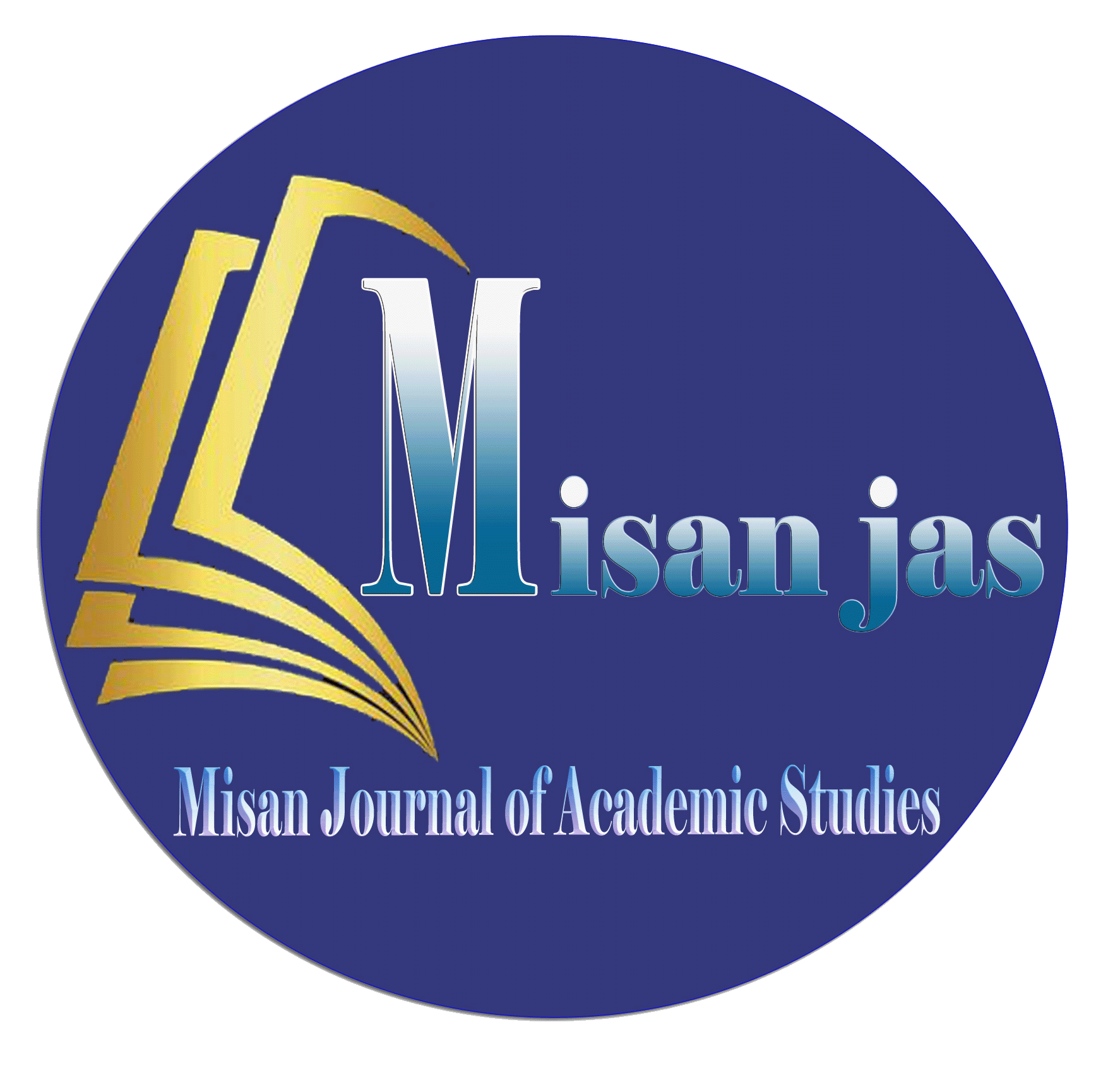Effect Of The Strategies Of The Cube And PQ4R In Achievement Fifth
Abstract
The recent research aims to identify the effect of the Strategies of the cube and PQ4R in achievement fifth primary grade female pupils in mathematics, The sample of the research was limited by fifth primary grade female pupils of Mariam Al-Athraa girls, school directed general of Masan, This school consists of three division sections, So section (c) were chosen to be the first experimental group which were taught by the cube Strategy, while section (A) were chosen to be the second experimental group which were taught by PQ4R Strategy, while section (B) were chosen to be the control group which were
taught by the traditional method, The sample contains (63) female pupils, so the first experimental group consists of (21) female pupils, and the second experimental group consists of (21) female pupils and
the control group also consists of (21) female pupils , The prepared of achievement test consisting of (26) items, The face validity and the content validity were verified, The Kiodr equation 20 was used to calculate the reliability to achievement test, the researcher has user one – way ANOVA, to address the results The conclusions were reached: 1 – The using of the cube Strategy has an effect on achievement of fifth primary grade female pupils, comparison in traditional method. 2 – The using of PQ4R Strategy has an effect on achievement of fifth primary grade female pupils, comparison in traditional method
3 - The using of the cube Strategy has no effect on achievement of fifth primary grade female pupils, comparison in PQ4R strategy.
Downloads
Copyright (c) 2025 (Humanities, social and applied sciences) Misan Journal of Academic Studies

This work is licensed under a Creative Commons Attribution-NonCommercial-NoDerivatives 4.0 International License.
The copyright is also the copyright of the magazine only.
All articles published in our magazine are subject to license terms
Creative Commons Attribution(CC BY-NC-ND 4.0) This license permits the content to be reproduced, redistributed and reused in whole or in part for any purpose free of charge, without any permission from the author(s), researcher or student.
Works submitted to Maysan Journal of Academic Studies for publication in the journal (CC BY-NC-ND 4.0) license terms. Where available content can be shared, distributed and replicated provided there is no commercial profit and appropriate credit must be given to the original source through sources or citations. It is mandatory to review any material used from other sources including shapes, tables, and images for re-use under the terms of the Creative Commons License (CC BY-NC-ND 4.0).Provided that there is no modification to the original content


